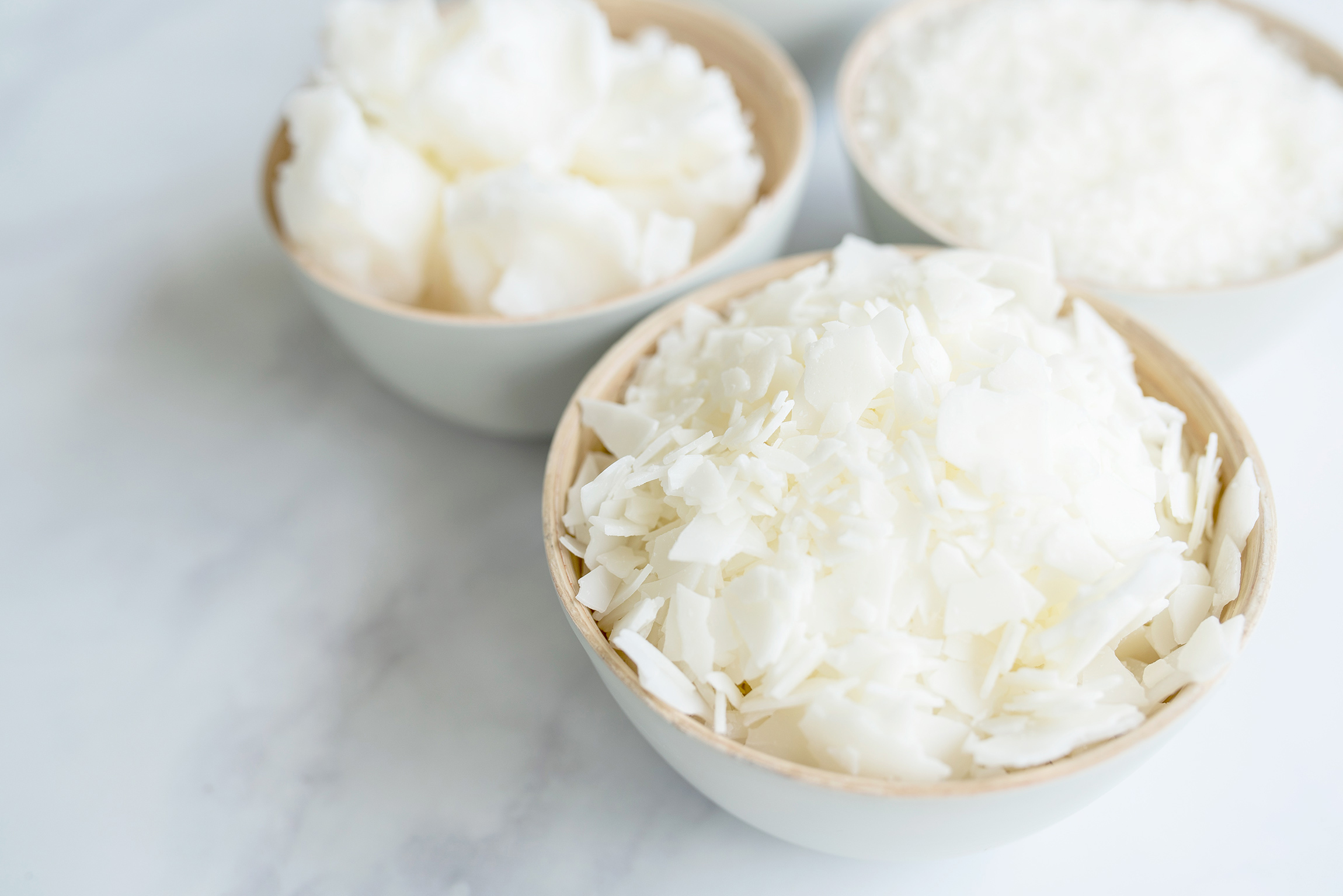Instill Your Home with the Scent of Crystal Soy Candles and Home Fragrance
Instill Your Home with the Scent of Crystal Soy Candles and Home Fragrance
Blog Article
From Wick to Wax: Understanding the Chemistry Behind Soy Wax Candles and Their Environmental Impact
As we brighten our rooms with the warm radiance of candles, there lies a realm of complex chemistry behind the relatively basic act of lighting a soy wax candle light. Join us as we unwind the scientific complexities behind soy wax candles and explore their ramifications on our setting.
Soy Wax Vs. Paraffin Wax
When comparing soy wax and paraffin wax for candle light production, it is vital to understand the unique attributes and advantages of each material. Soy wax is a natural, sustainable resource derived from soybean oil, making it environment-friendly and eco-friendly - home fragrance. On the other hand, paraffin wax is a byproduct of petroleum refining, which raises problems about its environmental impact and sustainability
Soy wax candles shed cleaner and emit less soot compared to paraffin wax candle lights, making them a healthier choice for interior air top quality. In addition, soy wax has a lower melting point, enabling a longer-lasting candle light that distributes fragrance better. Paraffin wax, on the other hand, tends to shed faster and less easily, potentially releasing damaging chemicals right into the air.
From a sustainability viewpoint, soy wax is preferred for its biodegradability and eco-friendly sourcing, aligning with the growing consumer choice for ecologically mindful products. While paraffin wax has been a conventional choice in candle light making due to its affordability and ease of usage, the change in the direction of environmentally friendly alternatives like soy wax is obtaining energy in the market.
Chemical Composition of Soy Wax

Combustion Refine in Soy Candles
The chemical make-up of soy wax directly affects the combustion procedure in soy candles, affecting variables such as shed time, scent release, and environmental influence. When a soy candle is lit, the warmth from the flame thaws the wax near the wick.
The combustion effectiveness of soy candle lights is influenced by the purity of the soy wax and the top quality of the wick. In addition, soy wax candles have a reduced environmental effect compared to paraffin candle lights due to their naturally degradable and renewable nature.

Ecological Advantages of Soy Wax

Considered a lasting option to conventional paraffin wax, soy wax uses notable environmental advantages that make it a prominent choice among eco-conscious customers. Soy wax burns cleaner and generates less residue than paraffin wax, adding to much better indoor air quality and lowering the need for cleaning and upkeep. On the whole, the environmental benefits of soy wax straighten with the expanding demand for home lasting and eco-friendly products in the market.
Recycling and Disposal Considerations
Reusing and appropriate disposal of soy wax candles play an essential function in you could try these out keeping environmental sustainability and minimizing waste in areas and households. The first action is to make sure that the candle has actually shed entirely when it comes to reusing soy wax candle lights. This can be achieved by enabling the candle light to shed until the wick is no longer usable, and afterwards letting the continuing to be wax cool and strengthen. When the wax has actually strengthened, it can be thoroughly gotten rid of from the container.

In terms of disposal, if recycling is not an alternative, soy wax candle lights are biodegradable and can be safely gotten rid of in the majority of home waste systems. However, it is always recommended to examine with local recycling centers or waste monitoring services for certain standards on candle disposal to ensure correct handling and environmental management.
Final Thought
In final thought, the chemistry behind soy wax candles discloses their environmental advantages over paraffin wax candle lights. Soy wax, acquired from soybean oil, burns cleaner and produces less residue when compared to paraffin wax.
When contrasting soy wax and paraffin wax for candle light production, it is important to understand the distinct attributes and benefits of each material (soy wax candles).Soy wax candles burn cleaner and give off much less soot compared to paraffin wax candles, making them a much healthier selection for indoor air top quality.Thought about a lasting choice to traditional paraffin wax, soy wax offers significant environmental advantages that make it a popular selection among eco-conscious customers. Soy wax burns cleaner and creates much less soot than paraffin wax, contributing to better interior air top quality and decreasing the demand for cleansing and upkeep.In final thought, the chemistry behind soy wax candles exposes their environmental advantages over paraffin wax candle lights
Report this page